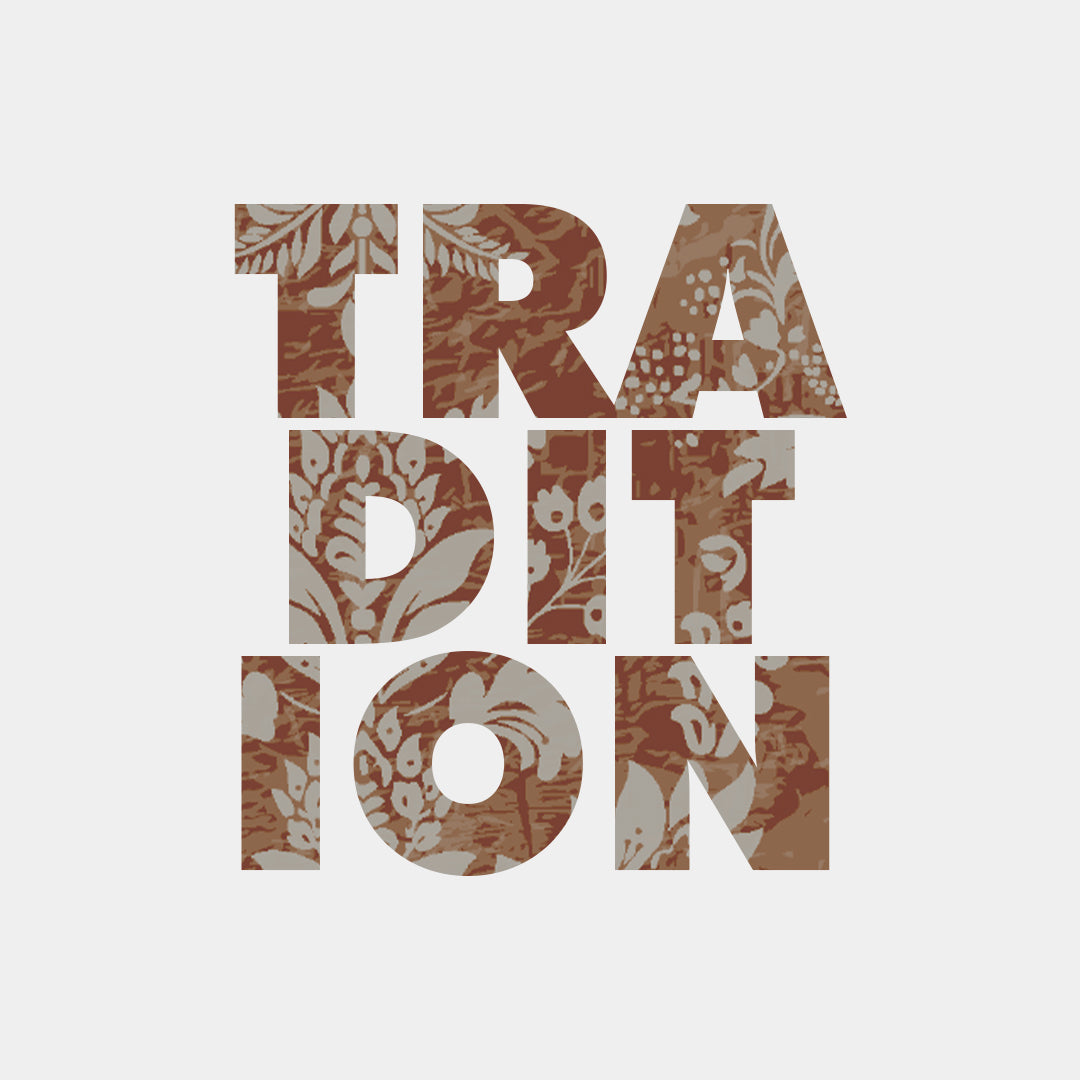Cultural Insights: The Global Tradition of Barefoot Living
Barefoot living is not just a trend or a passing fad—it's a timeless tradition that has been practiced by cultures around the world for centuries. From the indigenous peoples of the Americas to the Maasai of East Africa to the yoga practitioners of India, going barefoot is deeply rooted in the cultural heritage of many societies. At Aintap, we're fascinated by the rich tapestry of cultural insights surrounding barefoot living, and we believe that understanding these traditions can help us appreciate the true essence of barefoot living. Join us as we explore the global tradition of barefoot living and discover the cultural insights that have shaped our approach to footwear.
Connection to Nature
One of the key themes that emerges from the global tradition of barefoot living is the deep connection to nature that it represents. For many cultures, going barefoot is more than just a practical necessity—it's a spiritual practice that allows them to connect with the earth and the natural world. By walking barefoot on the earth, people feel a sense of grounding and connection that helps them feel more in tune with the rhythms of nature and the cycles of life. This connection to nature is often celebrated through rituals and ceremonies that honor the earth and its abundance, reinforcing the cultural significance of barefoot living.
Symbol of Freedom
In addition to its connection to nature, barefoot living is also often seen as a symbol of freedom and independence. For cultures that value self-sufficiency and autonomy, going barefoot represents a rejection of societal norms and a return to a simpler way of life. By freeing themselves from the constraints of shoes and modern conveniences, people feel a sense of liberation and empowerment that allows them to live more authentically and in harmony with their surroundings. This celebration of freedom is reflected in the cultural practices and traditions that honor barefoot living as a symbol of resilience and resistance against oppression.
Expression of Identity
Finally, barefoot living is often seen as a powerful form of self-expression and cultural identity. In many cultures, the way people choose to dress and adorn themselves—including their choice of footwear—is deeply intertwined with their sense of identity and belonging. By going barefoot, people are able to express their cultural heritage and values in a tangible way, signaling their allegiance to a particular community or way of life. This expression of identity is celebrated through festivals, parades, and other cultural events that showcase the diversity and richness of barefoot traditions around the world.
Conclusion
In conclusion, the global tradition of barefoot living is a fascinating and multifaceted phenomenon that offers valuable insights into the human experience. From its deep connection to nature to its celebration of freedom and expression of identity, barefoot living has played a central role in cultures around the world for centuries. At Aintap, we're proud to honor and celebrate this rich heritage through our commitment to minimalist footwear that allows people to experience the joy and freedom of going barefoot in a modern world. Join us in embracing the cultural insights of barefoot living and experience the world in a whole new way.




Leave a comment
This site is protected by hCaptcha and the hCaptcha Privacy Policy and Terms of Service apply.